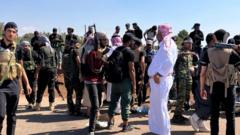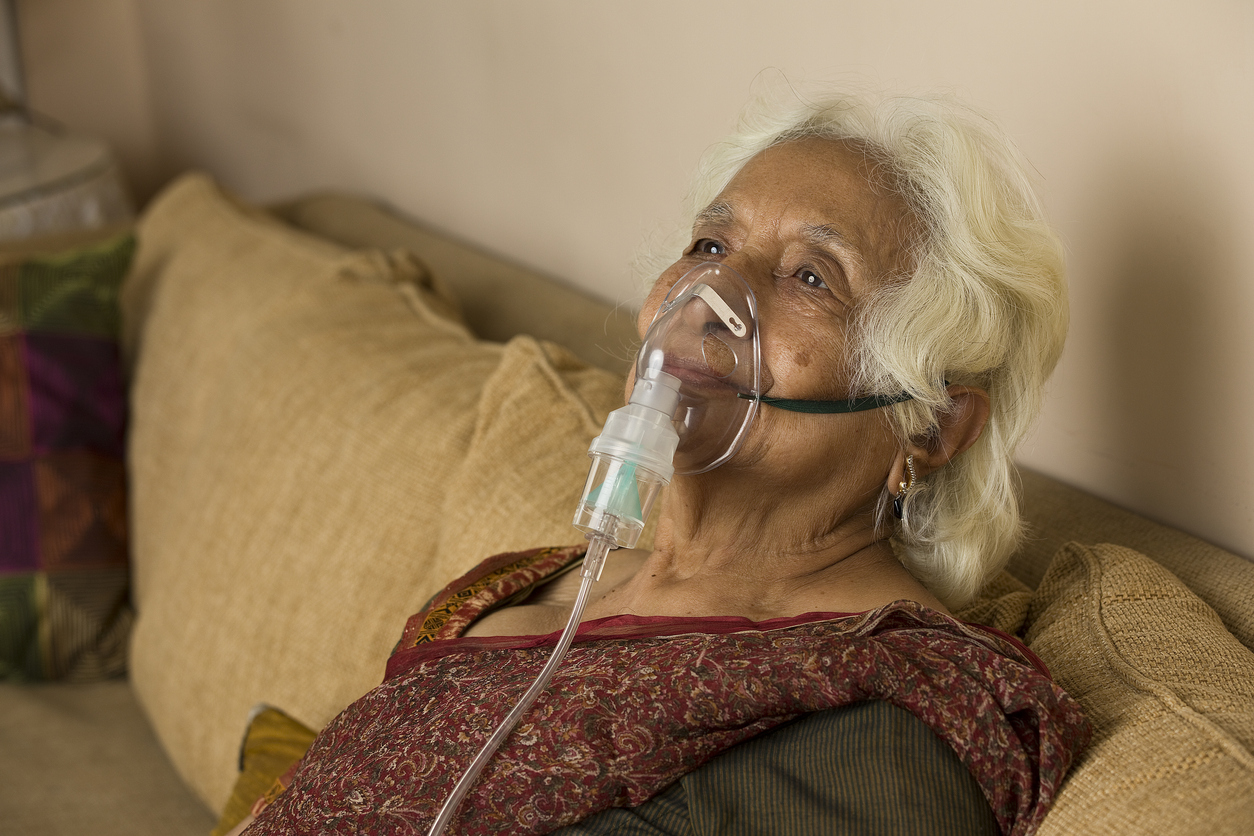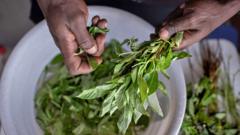Could Bedouins Resume Fighting the Druze in Syria?

Understanding the Ceasefire and Ongoing Tensions in Southern Syria
The recent ceasefire announced by Bedouin fighters in southern Syria marks a critical juncture amidst a backdrop of intense sectarian violence. In Suweida, a region characterized by its complex interplay of Druze and Bedouin communities, the situation remains volatile. Following a week of deadly clashes, the Bedouin fighters have signaled a temporary retreat but have not completely ruled out re-engaging in hostilities. This article delves into the underlying causes of the conflict, the implications of the ceasefire, and the humanitarian crisis that has emerged as a result of the violence.
The Background of the Conflict
To fully understand the current ceasefire and the ongoing tensions in Suweida, it's essential to explore the historical context. Southern Syria has long been a melting pot of various ethnic and religious groups, including the Druze, a religious minority known for their unique beliefs and strong community ties, and the Bedouin, traditionally nomadic tribesmen. The fragile peace in this region has been disrupted by a series of events leading to violence.
The immediate trigger for the recent clashes was the abduction of a Druze merchant on the road to Damascus. This incident ignited long-standing grievances between the Druze and Bedouin communities, resulting in a brutal exchange of fire between tribal fighters and government forces. The Syrian government, under Interim President Ahmed al-Sharaa, intervened by deploying troops to the area, further complicating the dynamics of the conflict.
The Ceasefire and Its Implications
The declaration of a ceasefire has brought a temporary halt to hostilities, but the underlying issues remain unresolved. Bedouin leaders have expressed their willingness to adhere to the ceasefire but have made it clear that any failure to secure the release of their injured members from Suweida could lead to a resurgence of violence. This precarious balance highlights the fragility of the situation.
While the ceasefire is a welcome development, it is essential to consider what it means for the broader context of Syrian politics. The ceasefire signals a potential for dialogue but also underscores the distrust between the communities involved. As tribal elder sentiments reflect, the Bedouin fighters feel marginalized and betrayed, which could hinder any long-term peace efforts.
The Humanitarian Crisis Unfolding
Amidst the violence, a severe humanitarian crisis has emerged. The Syrian Observatory for Human Rights (SOHR) reported that over 1,120 people have lost their lives due to the recent clashes, including a significant number of civilians. The death toll reflects the brutal nature of the conflict, with reports of summary executions by both sides, further inflaming tensions.
Displacement has also become a pressing issue, with at least 128,000 people forced to flee their homes. Many of these individuals are now seeking refuge in makeshift camps or abandoned buildings, highlighting the dire conditions they face. The lack of medical supplies in Suweida city exacerbates the situation, as injured individuals are left without adequate care.
The Role of External Forces
The involvement of external powers, particularly Israel, has added another layer of complexity to the conflict. Israel has conducted air strikes targeting what they describe as threats to the Druze community, claiming to protect their interests. This intervention has drawn criticism and raised questions about the potential for escalating hostilities in the region.
The question of foreign involvement is particularly pertinent in light of the ongoing Syrian civil war. The dynamics among local tribes, government forces, and international actors create a volatile environment where trust is scarce. As various groups vie for control, the potential for a unified resolution appears increasingly elusive.
The Perspectives of Local Residents
The perspectives of local residents provide crucial insight into the conflict. Many Bedouin and Druze individuals express a desire for coexistence but emphasize the need for a stable and authoritative government to mediate disputes. As one displaced Bedouin woman pointed out, trust is severely lacking without a peacekeeping authority in place.
The sentiments of betrayal and fear are palpable among the displaced populations. The historical grievances and ongoing violence have created an environment where peace seems unattainable. Local narratives reveal a deep-seated belief that communal harmony is contingent upon effective governance and security.
Future Prospects for Peace
Looking ahead, the path to peace in Suweida and the surrounding regions is fraught with challenges. The ceasefire offers a temporary reprieve, but lasting solutions must address the root causes of the conflict. This includes fostering dialogue among different tribal factions and establishing a credible governance structure that can ensure safety and security for all communities.
Efforts from international bodies may also play a role in facilitating dialogue and providing humanitarian assistance. As the situation evolves, monitoring the developments in Suweida will be crucial for understanding the broader implications for Syria's future.
FAQs
What led to the recent clashes in Suweida?
The clashes were triggered by the abduction of a Druze merchant, which exacerbated long-standing tensions between the Druze and Bedouin communities, leading to violent confrontations.
What is the current status of the ceasefire?
The ceasefire is currently in effect, but Bedouin fighters have stated that any failure to release their injured members could lead to a resumption of hostilities.
How has the humanitarian crisis evolved in the region?
The humanitarian crisis has worsened, with over 128,000 displaced individuals and severe shortages of medical supplies reported in Suweida city.
What role does Israel play in the conflict?
Israel has conducted air strikes in support of the Druze community, claiming to protect them from threats posed by various armed groups in the region.
What do local residents think about the possibility of coexistence?
Many local residents express a desire for coexistence but emphasize that this is contingent upon effective governance and security from the government in Damascus.
As the situation in Suweida continues to develop, it raises critical questions about the possibility of reconciling deeply rooted divisions in a region marked by conflict. Will the ceasefire hold, and can the communities find a way to coexist peacefully? Only time will tell as the complex tapestry of Syrian society unfolds. #SyriaConflict #SuweidaCeasefire #HumanitarianCrisis
```Published: 2025-07-20 20:18:03 | Category: world



